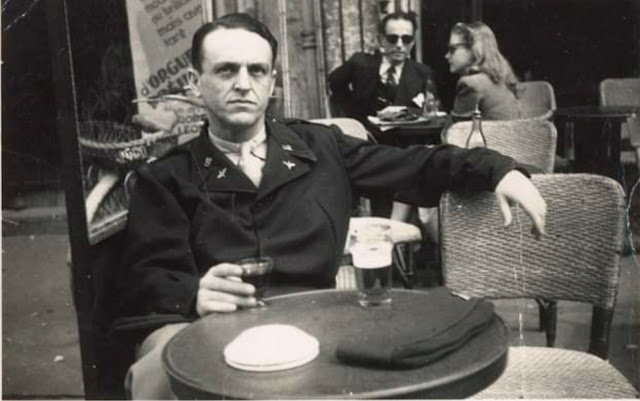"Die Hard" Borrowed Some “Joy” from "A Clockwork Orange"
Long before director John McTiernan started to talk to composer Michael Kamen about Die Hard, he was already thinking in musical terms. “Even though I’m probably a musical illiterate, I find myself thinking of movies as musical structures,” said McTiernan. “I’d had this piece of music in my head for a long time and started saying, ‘Okay, we’ve got to use this thing I remember from A Clockwork Orange.’ I knew it was in Beethoven’s Ninth Symphony, but it was a couple of months later that I learned that the title of the damn piece of music is the 'Ode to Joy.’” For McTiernan, that fact was more than a little remarkable. “Remember, what I had been trying to introduce into Die Hard was a sense of joy,” he marveled.
“Symphony No. 9 in D Minor” was Ludwig van Beethoven’s final symphony, completed in 1824, after he became deaf. The “Ode to Joy” is its fourth and final movement. Many consider it one of the highest achievements of mankind, ranking alongside the greatest works of Shakespeare. Stanley Kubrick used the “Ode to Joy” in A Clockwork Orange as a symbol of high art perverted from its original purpose – the cruel and criminal anti-hero ‘Alex’ uses the “Ode” for ecstatic release as well as an incitement to commit “ultra-violence.”
 |
| Alex and his droogs, ready for a bit of the old ultra-violence in A Clockwork Orange (1971) |
The music was written to accompany Friedrich Schiller’s poem “Ode to Joy,” which expressed the hope that all men would one day become brothers. Though using the “Ode” to underscore violence in Die Hard and A Clockwork Orange might seem to be a clear corruption of that meaning, this was far from the first time that the power of the symphony exalted an unsavory intention – nor do these contradictions diminish its power to elicit joy from those who hear it. For example, Adolf Hitler enjoyed listening to the “Ode to Joy” on his birthday, but it was also performed in concentration camps by his victims. The “Ode” was played at Nazi festivals, but also at the dismantling of the Berlin Wall. It was the anthem of the white supremacist regime of Ian Smith in Rhodesia, yet now serves as the official anthem of the European Union.
“I have to give credit where credit is due,” said composer Michael Kamen. “McTiernan insisted on using Beethoven’s Ninth, despite my objections. I thought it was sacrilege to use Beethoven in this action movie. I told McTiernan, ‘I’ll make mincemeat out of Wagner and Strauss for you, but why Beethoven?’ He explained that it was because Beethoven’s Ninth was the theme used to underscore the ultra-violence in Stanley Kubrick’s A Clockwork Orange.” With that explanation, Kamen was able to overcome his reservations. “The success of an action movie depends on the foulness of the bad guy,” said Kamen. “In this case, we had a spectacular bad guy. Our bad guys were lineal descendants of the bad guys in A Clockwork Orange.”
 |
| "It had been a wonderful evening and what I needed now, to give it the perfect ending, was a little of the Ludwig Van." |
John McTiernan was quite satisfied with the results. “Michael Kamen did a great job of feathering it through the score as a thematic idea, and setting it up so we’d play it full-on at the climax later on.” In fact, Michael Kamen bought into McTiernan’s idea even further that the director intended. “I told McTiernan that if he was going to use Beethoven, he also had to license ‘Singin’ in the Rain,’ which was the other theme from A Clockwork Orange,” said Kamen. “I had great fun winding ‘Singin’ in the Rain’ around Beethoven. Sometimes my sense of humor, my sense of film, my sense of the absurd comes out. In your work, you should be like a child playing with trains. I do take my business seriously, but this is a business of entertaining. You’d be mad to take it too seriously. When I get up in front of the orchestra, I try to have fun.”
Die Hard DVD: Commentary
Slavoj Zizek, “’Ode to Joy,’ Followed by Chaos and Despair,” New York Times, 12/24/07
Esteban Buch, Beethoven’s Ninth: A Political History, 2003


Comments